Today, when a deadly virus explodes out of nowhere, geneticists are indispensable players in the international game of whodunit. Here’s how they help.
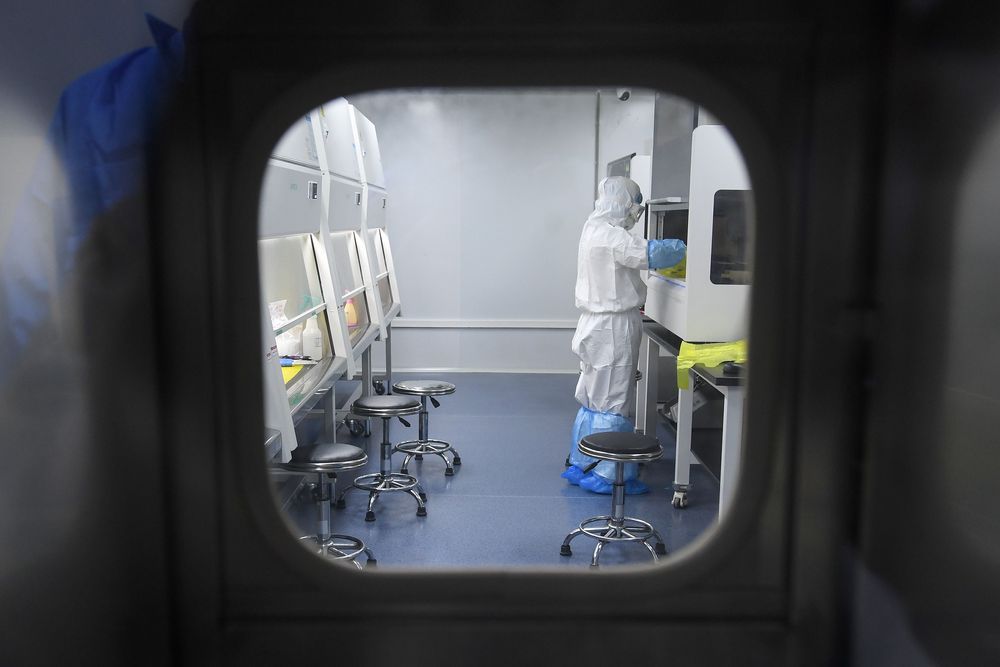


When tested in mice, the molecule, dubbed halicin, effectively treated the gastrointestinal bug Clostridium difficile (C. diff), a common killer of hospitalized patients, and another type of drug-resistant bacteria that often causes infections in the blood, urinary tract, and lungs.
The most surprising feature of the molecule? It is structurally distinct from existing antibiotics, the researchers said. It was found in a drug-repurposing database where it was initially identified as a possible treatment for diabetes, a feat that showcases the power of machine learning to support discovery efforts.
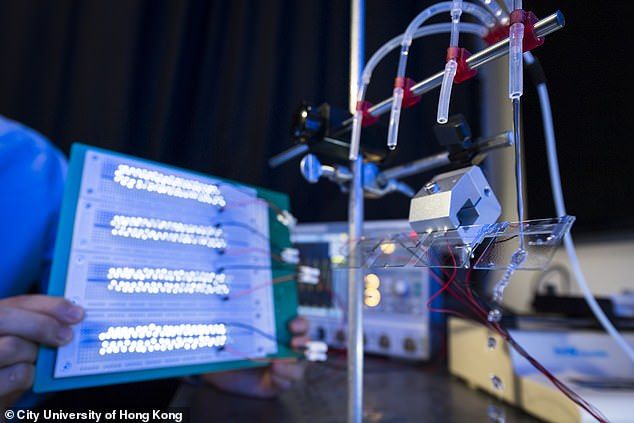


The discovery was made by a team of astronomers at Shanghai Astronomical Observatory, led by Junzhi Wang.
The team identified the presence of molecular oxygen by analyzing light waves that had reached Earth from Markarian 231, a galaxy around 581 million light years away.

A tomb that was buried thousands of years ago and revered by ancient Romans as the resting place of their city’s mythical founder Romulus has now been rediscovered beneath the Forum in Rome.
The underground tomb and the temple built around it are thought to date from the sixth century B.C., according to archaeologists.
A team of scientists at MIT have developed a computer program that will help humans decide how to best deal with the end of the world, so long as that comes in form of a catastrophic asteroid collision.
Experts say there as many as two or three new asteroids, sometimes called ‘Near Earth Objects,’ discovered every night.
It’s inevitable that one of these asteroids will eventually end drifting into a collision course with Earth.

In this post, you’ll find why I think SENS Research Foundation (SRF) is great to finance from an EA perspective along with the interview questions I want to ask its Chief Science Officer, Aubrey de Grey. You are welcome to contribute with your own questions in the comments or through a private message. Here is a brief summary of each section:
Introduction: Aging research looks extremely good as a cause-area from an EA perspective. Under a total utilitarian view, it is probably second or third after existential risk mitigation. There are many reasons why it makes sense to donate to many EA cause-areas, such as to reduce risk, if there are particularly effective specific interventions, or if some cause-areas are already well funded.
SRF’s approach to aging research: SRF selects its research following the SENS general strategy, which divides aging into seven categories of damage, each having a corresponding line of research. This categorization is very similar to the one described in the landmark paper The Hallmarks of Aging. This sort of damage repair approach seems more effective and tractable than current geriatrics and biogerontology that are aimed at slowing down aging, as it enables LEV and many more QALYs. It makes rejuvenation possible instead of just slowing down aging as a best-case scenario, and it doesn’t require an in-depth knowledge of our metabolism, which is extremely complicated and full of unknown-unknowns.
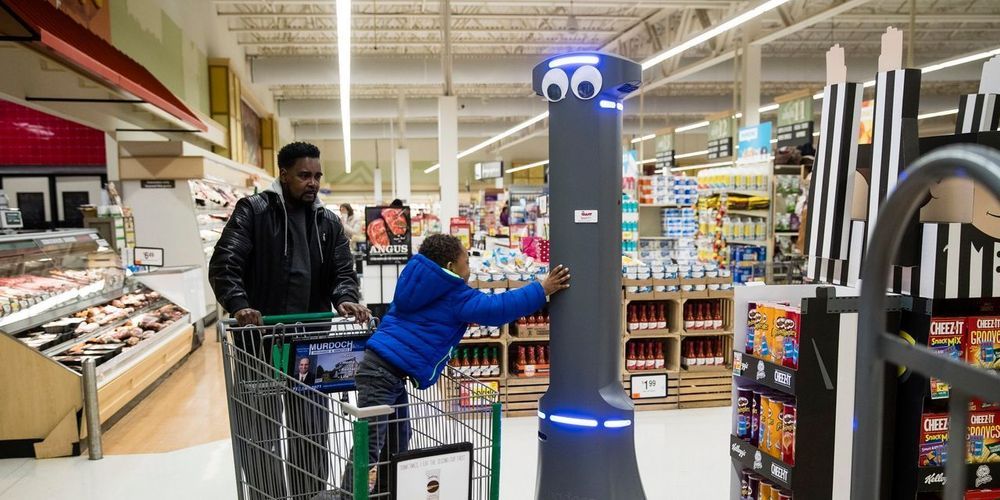
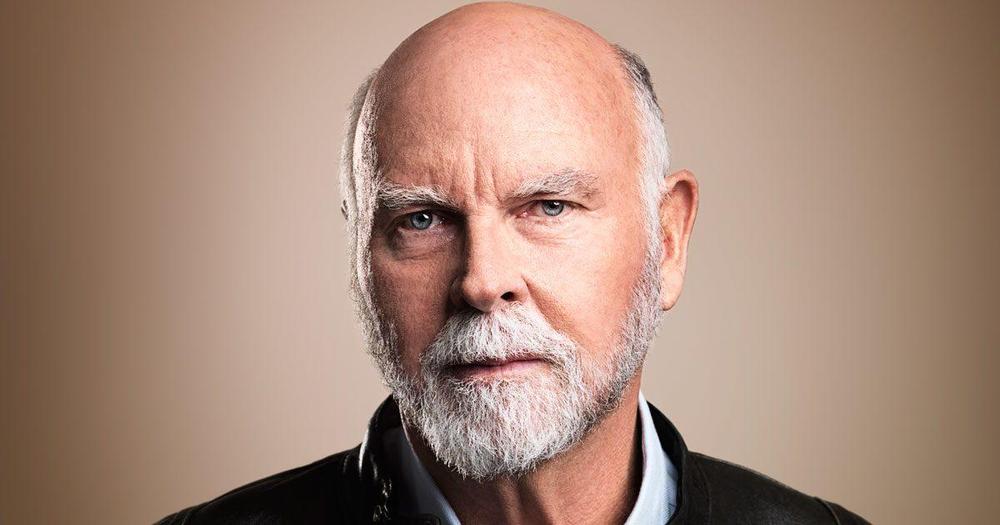
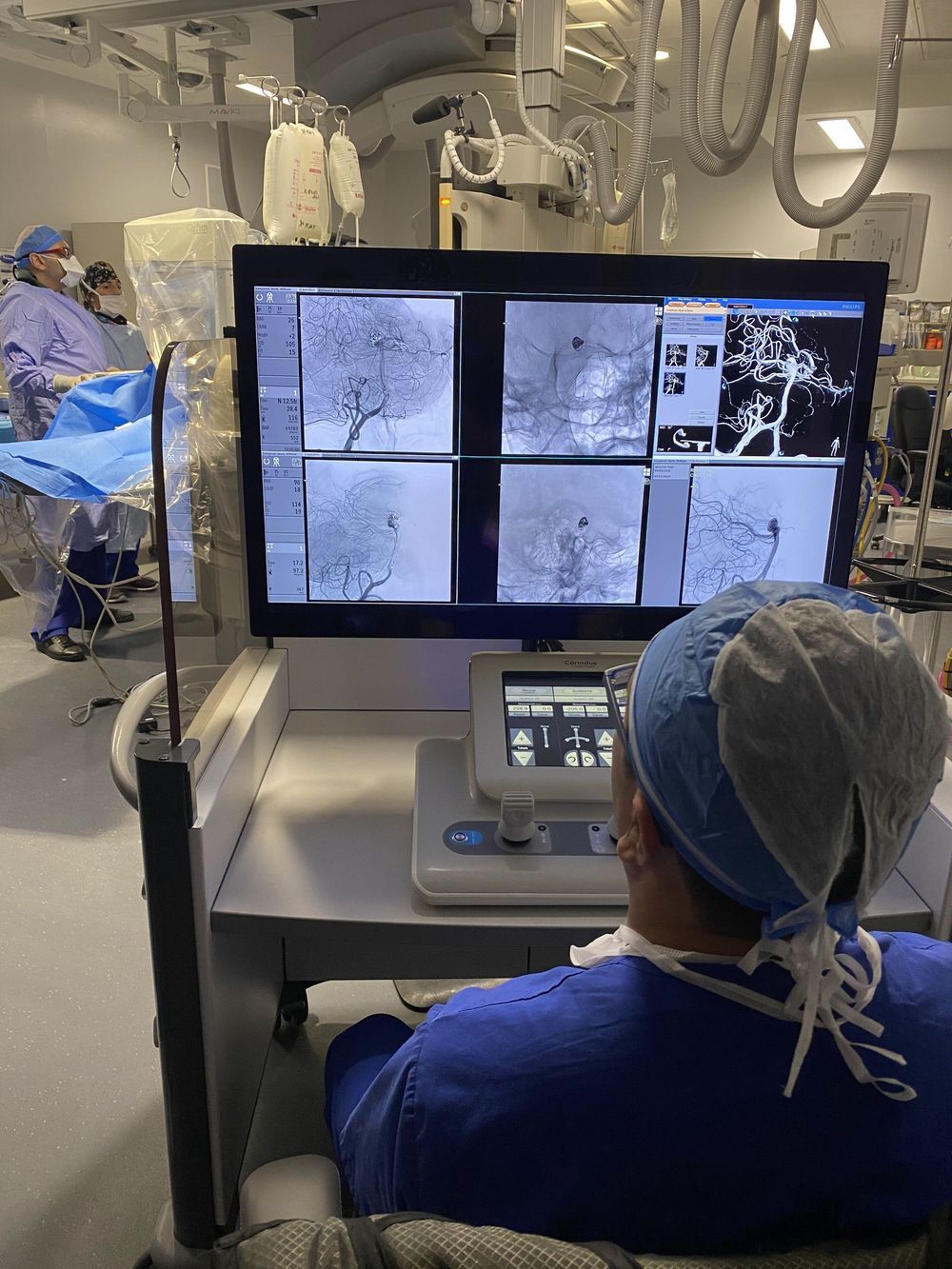
Using a robot to treat brain aneurysms is feasible and could allow for improved precision when placing stents, coils and other devices, according to late breaking science presented today at the American Stroke Association’s International Stroke Conference 2020.
Robotic technology is used in surgery and cardiology, but not for brain vascular procedures. In this study, Canadian researchers report the results of the first robotic brain vascular procedures. They used a robotic system specifically adapted for neurovascular procedures. Software and hardware adaptations enable it to accommodate microcatheters, guidewires and the other devices used for endovascular procedures in the brain. These modifications also provide the operator additional precise fine-motor control compared to previous system models.
“This experience is the first step towards achieving our vision of remote neurovascular procedures,” said lead researcher Vitor Mendes Pereira, M.D., M.Sc., a neurosurgeon and neuroradiologist at the Toronto Western Hospital, and professor of medical imaging and surgery at the University of Toronto in Canada. “The ability to robotically perform intracranial aneurysm treatment is a major step forward in neuro-endovascular intervention.”